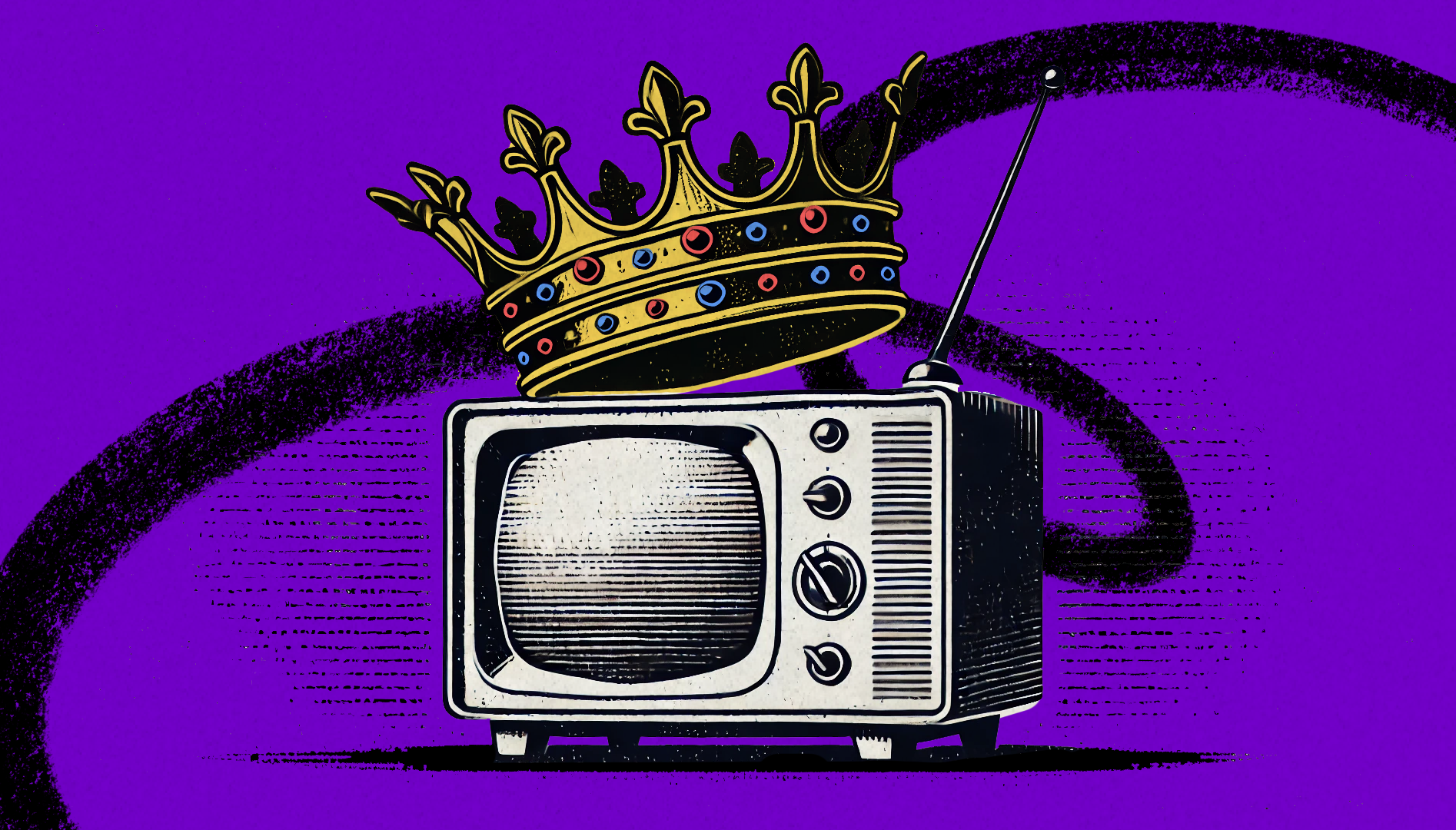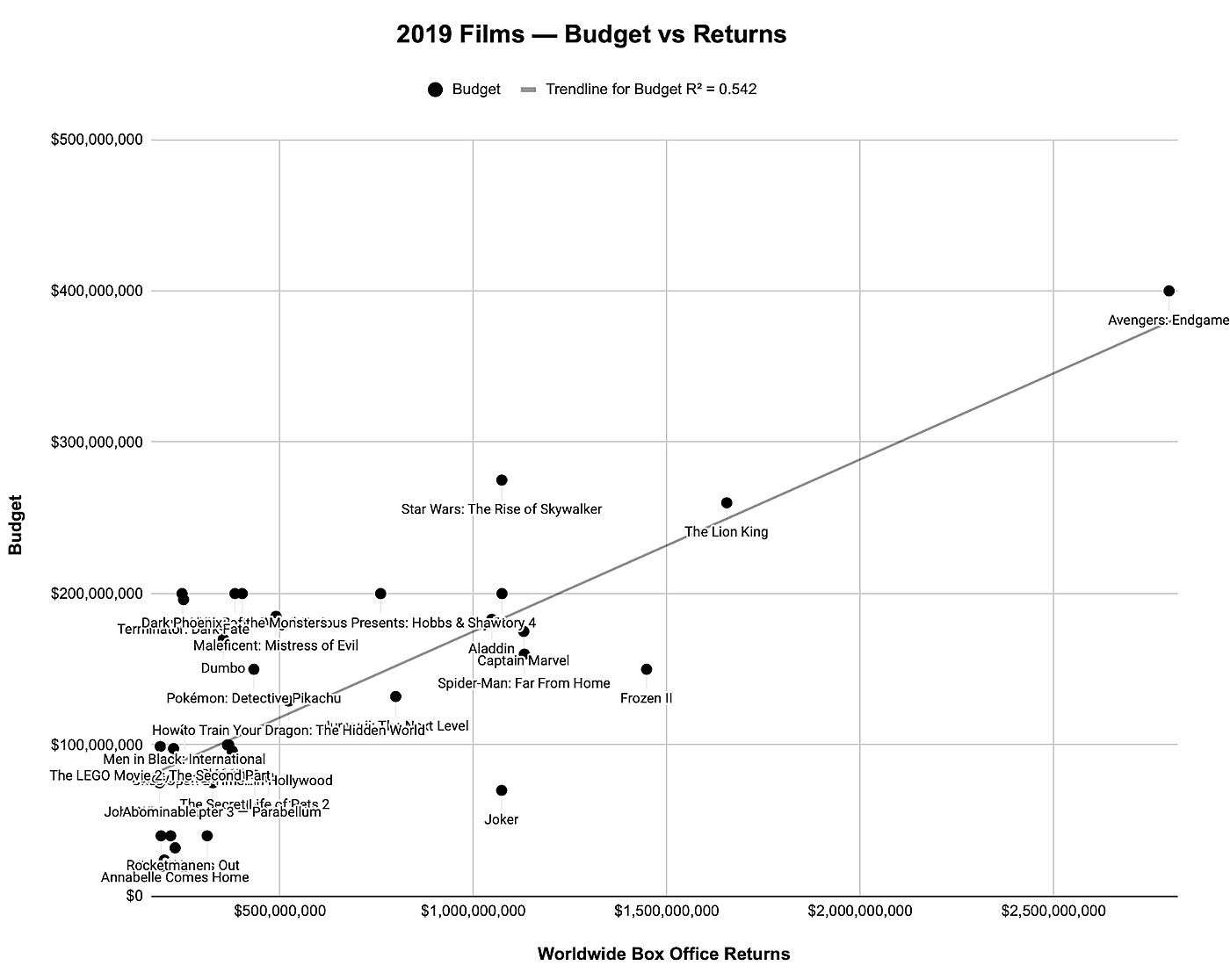
Strategy trivia time! Here’s a fun quote from 1996. Do you know who said it?
“Content is where I expect much of the real money will be made on the Internet, just as it was in broadcasting.”
If you guessed it was a media tycoon, like Ted Turner or Rupert Murdoch, then you’d be wrong. It was actually Bill Gates! He wrote it in an essay titled “Content is King.”
I find this quote kind of amazing. Today, most of Gates’ peers (technology executives and investors) would vehemently disagree with it. I know this because I’ve experienced it personally. If I had a nickel for every VC that’s told me media is a bad business and I should really stop fooling around with content and build a proper software startup, like a civilized person, I’d be, umm, well-capitalized ;)
And, look, I get it. Technology businesses really are amazing. Bill Gates might have been wrong in 1996. But I think great media businesses are massively underrated and misunderstood in technology circles.
In my experience with Hardbound, Gimlet, Substack, and now the Everything bundle, I’ve come to believe that content can create incredibly strong moats. There are properties inherent to narratives and ideas that make them naturally powerful — kind of like how social networks, marketplaces, and platforms are inherently power-prone.
But not every media business benefits from them. There are winners and losers. To understand why — and, in the process, improve your chances of building and picking winners — we’ve got to dive into the mechanics of how these powers actually operate.
I have long searched for a book or essay that lays it all out, but couldn’t find a comprehensive guide. So this is my attempt to create one.
It’s also important to note that I’m putting my money where my mouth is — these principles inform the conversations Dan and I have every day about the work we’re doing to build the bundle. It’s far too soon to tell if it will work yet, and it’s far from the only factor that will determine our outcome, but we’re happy with our progress so far.
So, here’s the plan:
We’re going to analyze media from a systems perspective, and explore the properties that make it a good source of power. We’ll use my favorite framework, Hamilton Helmer’s 7 Powers, to structure our exploration. If you haven’t read 7 Powers, that’s totally fine. It’s a wonderful book and you should read it, but for our purposes all you need to know is it’s a list of the different types of powers businesses can have, which enable them to maintain profitability and resist competitive arbitrage. For each power type, I’ll explain the ways content can create it.
Ready? Great! Let’s dive in.
1. Scale Economies
Content can be infinitely copied and distributed for free. There are basically no variable costs — it’s all fixed. This creates a situation where scale economies rule the day. The bigger you get, the more you can invest in creating ever higher-quality content. And the better your content, the more cash it generates, the more you can reinvest to increase the quantity and quality of your output. It’s a positive feedback loop.
The key phenomenon to focus on here is how correlated increased investment is with increased success. It’s easy to spend more than your competitor on creating content, but it can be hard to translate that increased investment into predictable increases in value to audiences. For example, Joe Rogan’s podcast costs very little to create, and no matter how much other podcasts spend, his audience keeps on listening.
But the dynamics in audio are unique. Other mediums, like video games and movies, require massive investment, making it extremely difficult for anyone except the biggest studios to compete at the highest levels. For example, in 2019, Disney created 7 of the top 10 grossing films. There are a lot of reasons for that, but certainly one of the biggest is sheer economies of scale.
Here’s a scatter chart of the top 50 grossing films from 2019 with budget on the y-axis and worldwide box office returns on the x-axis. There’s a slight linear correlation between budget and returns, but more importantly, none of these films cost less than $20m, and the average film cost $129m to make.
This dynamic isn’t unique to film. In many forms of content, we see that the most successful organizations also tend to spend the most in absolute terms. The New York Times pays journalists to travel all over the world and gather evidence that may or may not yield an important story. TikTok stars rent mansions and invest heavily in makeup, wardrobe, personal trainers, and chefs. Newsletter writers who spend all their time researching and writing tend to outcompete those who only spend a couple hours a week. Low-budget winners like Joe Rogan and Blumhouse are the exception, not the rule.
This is the thing many tech investors I’ve spoken with don’t get about content: they think of it as more like a variable cost than it really is. They think content businesses are about churning out an enormous volume of material, so if you want to grow you have to keep hiring more content creators. But this isn’t how successful content businesses work. They don’t primarily scale by increasing quantity, they scale by increasing quality. They’re aiming for hits. And they develop creative ways to reduce that risk by spending more.
One of those ways is massive marketing campaigns. That may seem like a waste, but when it comes to potential blockbusters, it actually makes the product itself more valuable when more people are aware of it.
Which brings me to the next power, the one I find most fascinating...
2. Network Economies
Most people think network effects only apply to communication platforms like Facebook, YouTube, and Slack. But narratives can also have network effects.
The Only Subscription
You Need to
Stay at the
Edge of AI
The essential toolkit for those shaping the future
"This might be the best value you
can get from an AI subscription."
- Jay S.
Join 100,000+ leaders, builders, and innovators

Email address
Already have an account? Sign in
What is included in a subscription?
Daily insights from AI pioneers + early access to powerful AI tools








Comments
Don't have an account? Sign up!
"For example, I couldn’t tell you the difference between fans of Cowboy Bebop and Dragonball Z, but I’d wager a lot of money that millions of anime fans could go on for hours about the subtle differences in who likes one or the other."
What? That's ridiculous. Let me give you an example of how ridiculous it is, replace Cowboy Bebop and Dragonball Z with something you're more familiar with and keep the rest of the sentence the same:
For example, I couldn’t tell you the difference between fans of Harry Potter and Game of Thrones, but I’d wager a lot of money that millions of fantasy fans could go on for hours about the subtle differences in who likes one or the other.
@GBM Right, that is the point I'm making! Before that, I say "What content lacks in its ability to signal wealth, it makes up for in its ability to signal extremely specific attributes and affinities."
To you these seem like wildly different properties (because they are!) but to me from a distance I just squint and see "anime". It's great that the more into something you get, the more the specifics matter, because that creates room for all sorts of stuff to exist that wouldn't if we didn't care about the fine details that distinguish one media property from another.
Really well-articulated article which is still so relevant over a year later. I haven't seen any analysis about "content is king" that deeply and widely before so thank you so much for amazing perspectives about content and 7 powers in general which I think can be used to analysis almost anything.
"The poster child for process power is Toyota. They successfully competed with US automakers by making a thousand tiny improvements to the process of car creation. When layered together, it made a huge difference. But it was so complex it took a long time for competitors to copy it."
Execution is exponential. Mr. Beast too.
it's amazing